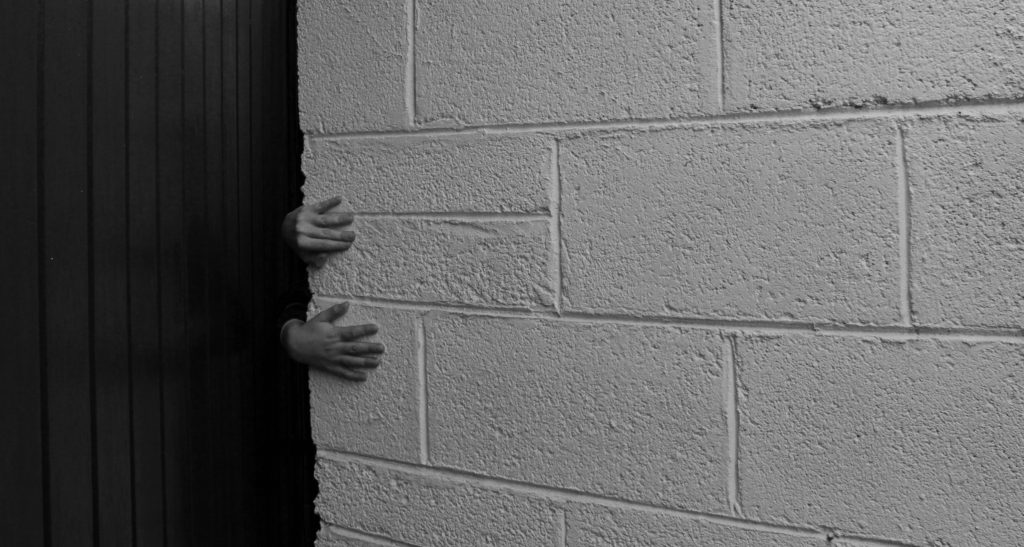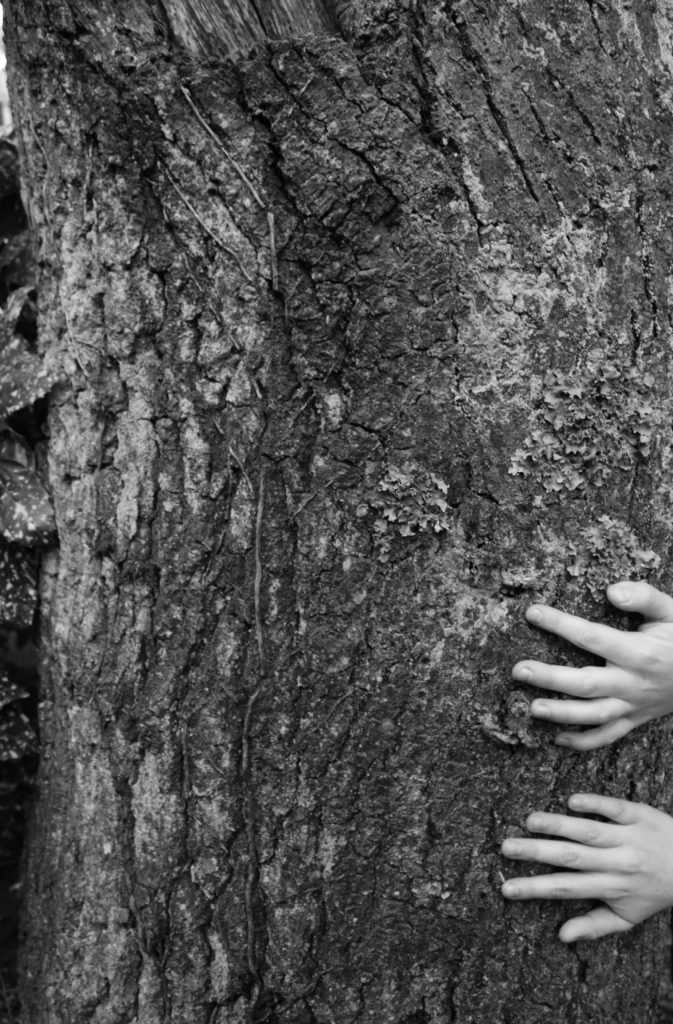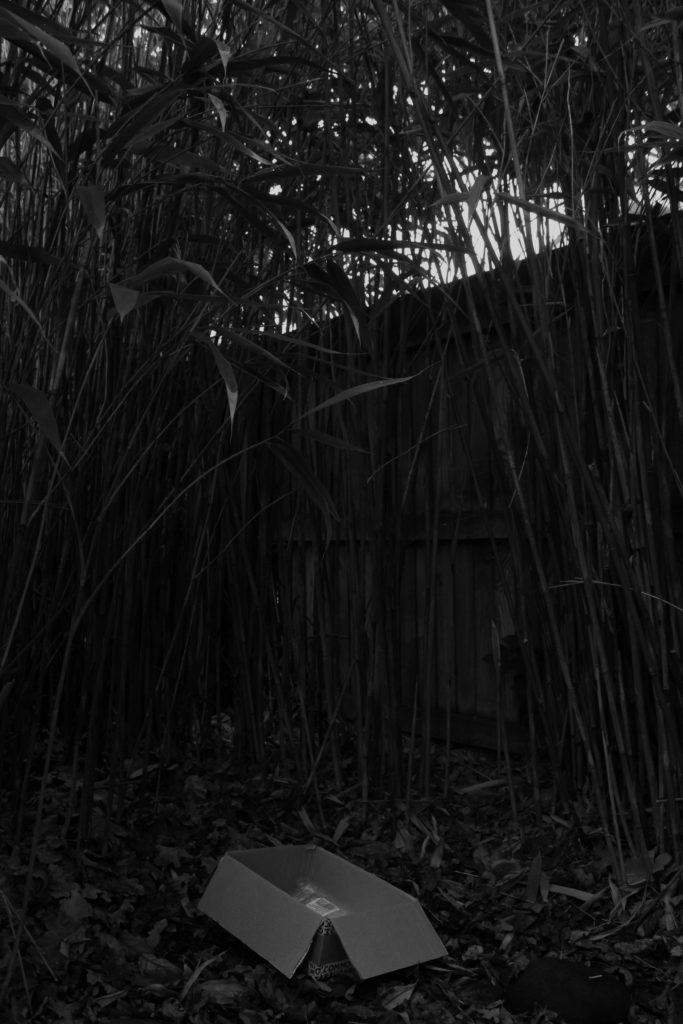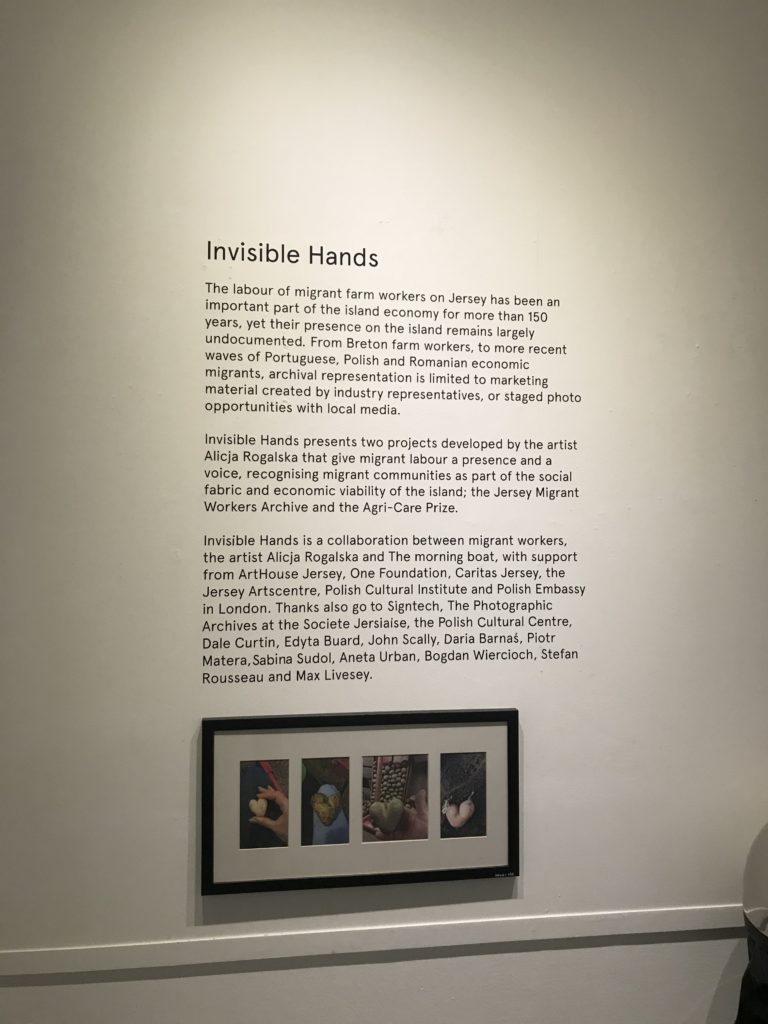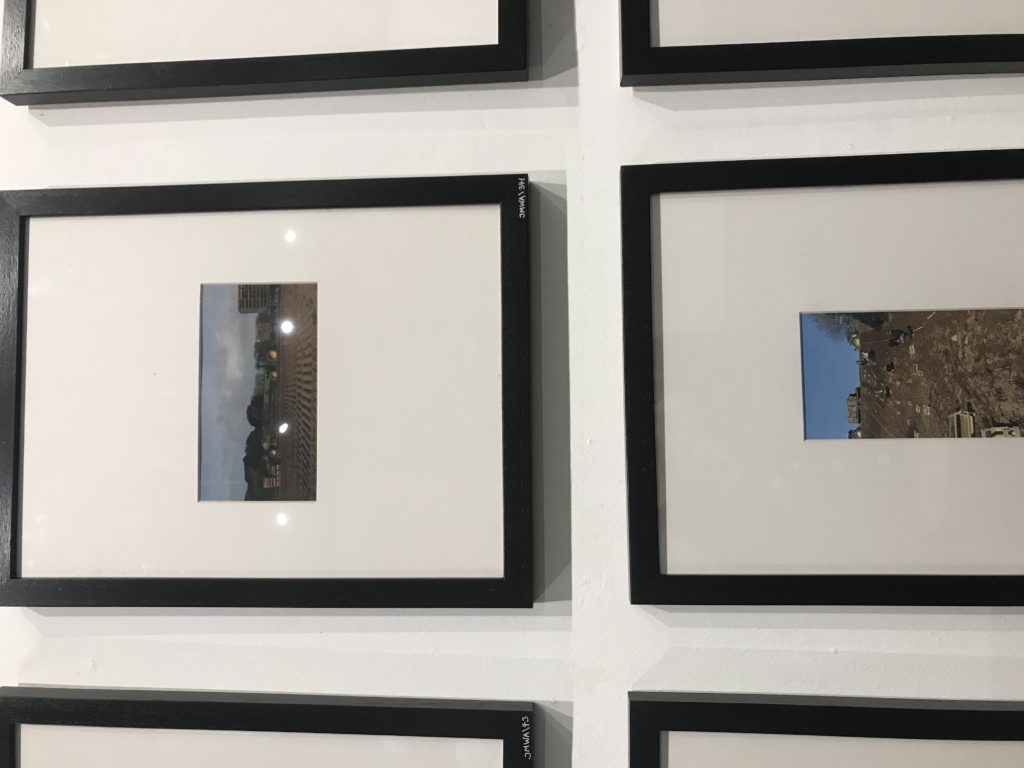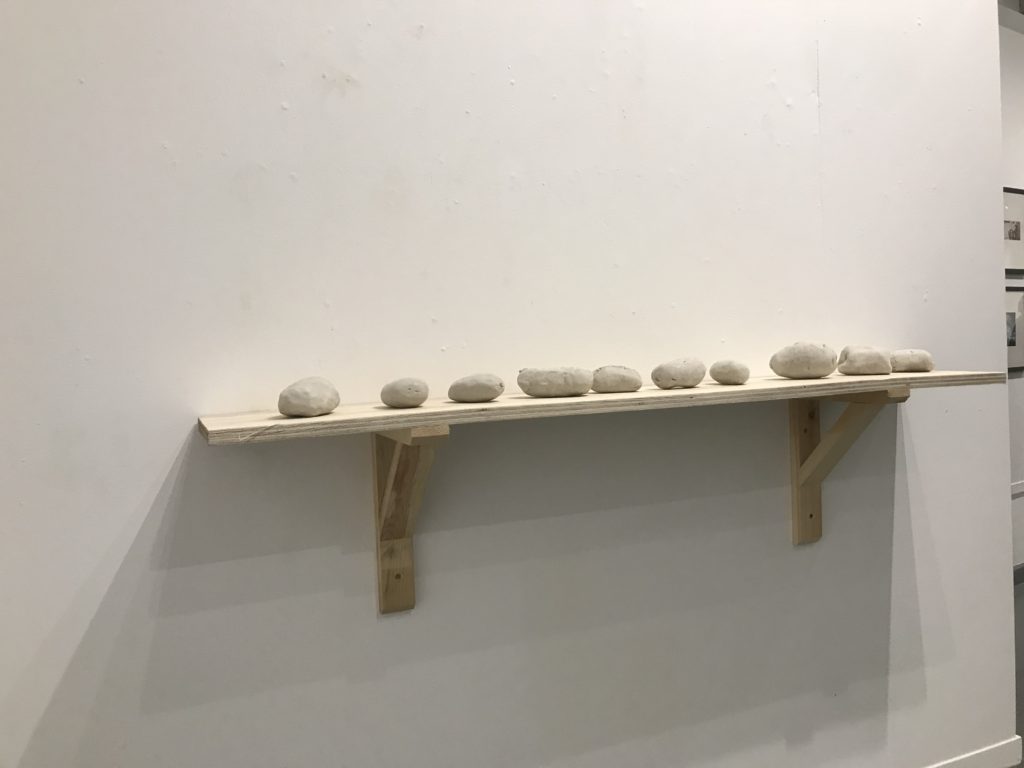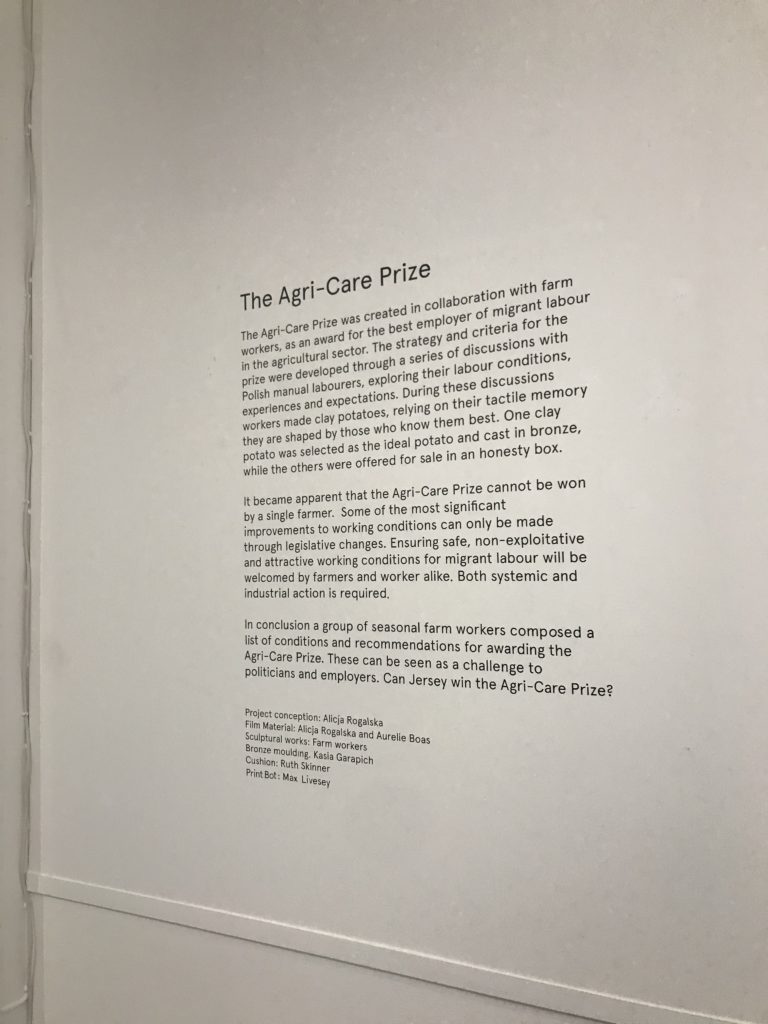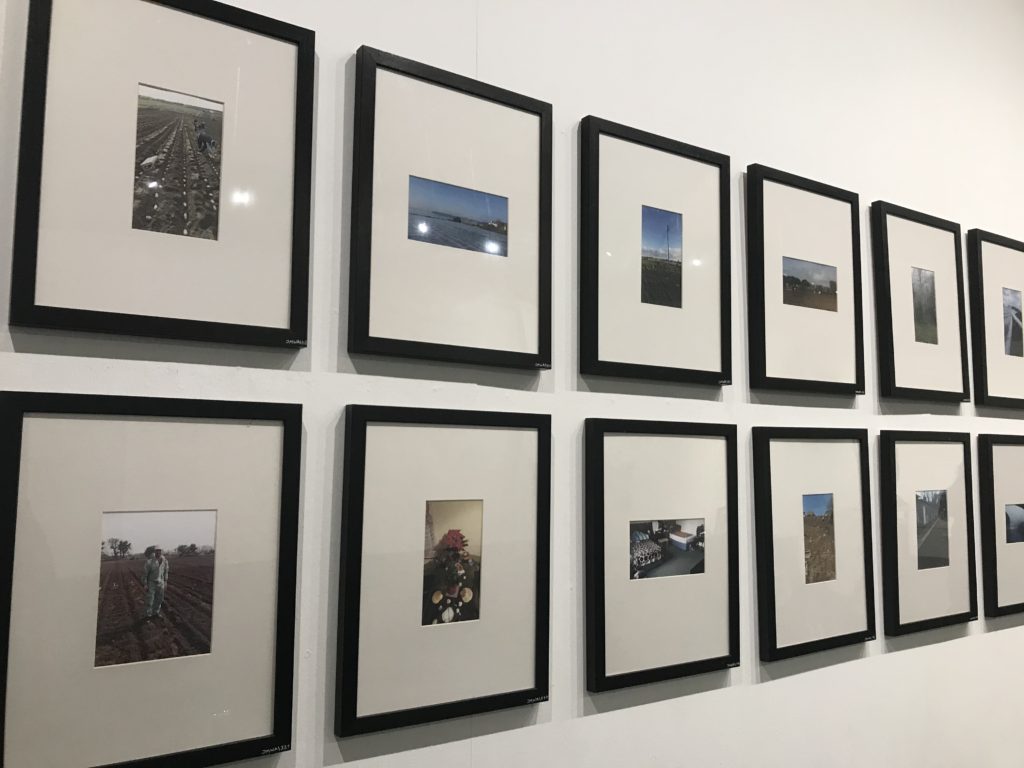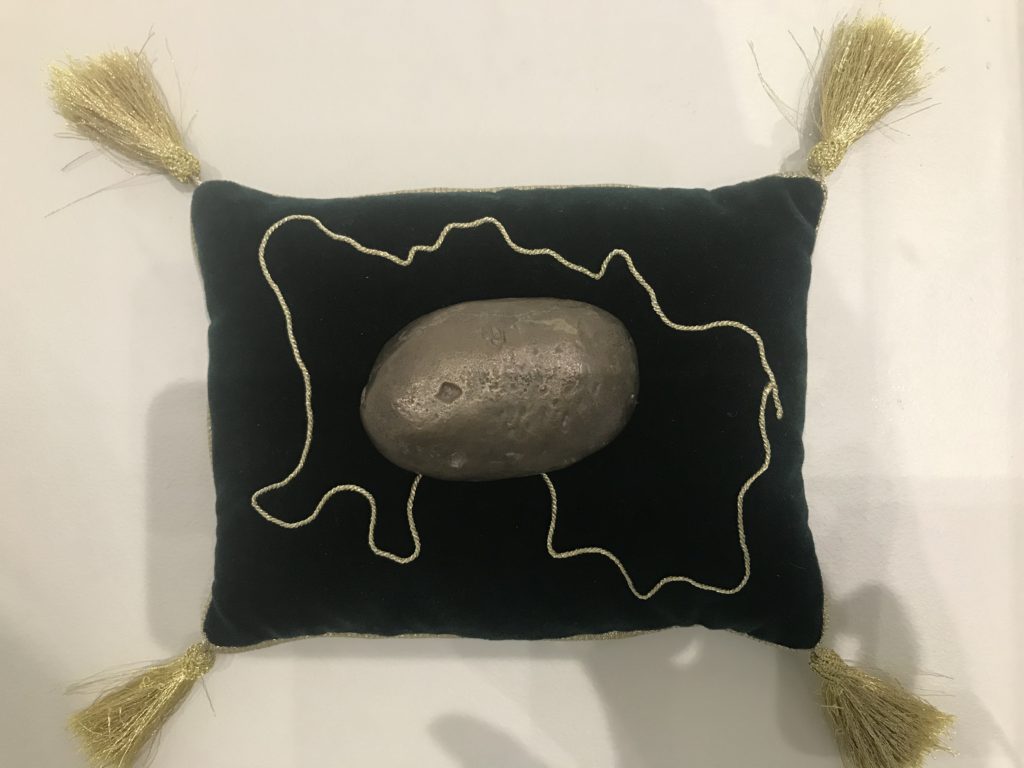The book ‘Photography Decoded’ authored by curator and writer Susan Bright and curator, writer and photo-historian Hedy van Erp.
IS IT REAL?
BIBLIOGRAPHY:
Bright, S and Van Evp, H. (2019) Photography decoded, London; Octopus publishing house
‘Photography emerged into a 19-th-century world that was undergoing rapid transformation on almost every aspect’ (Bright and Van Evp, 2019; 17)
‘The daguerreotype had aspirations to both the realistic and the theatrical, as well as to the commercial. The ‘mirror’ can serve as a metaphor for reality, whereas the red velevt evokes theatre curtains, within which the beautiful drama would unfold’ (Bright and Van Evp, 2019; 17)
‘The question arises: if manipulation is the first thing someone thinks of in connection to photography, what des that say about the value of photography as a reflection of reality?’ (Bright and Van Evp, 2019; 17)
‘Daguerreotype didn’t make up what was in front of the camera, as a mirror doesn’t lie’- Louis Daguerre (1787-1851). (Bright and Van Evp, 2019; 17)
‘the lack of human subjectivity makes it an example ofg ‘true reality’.’ (Bright and Van Evp, 2019; 18)
‘the process of manipulation starts as soon as we frame a person, landscape, an object or a scene with out camera: we choose a portrait or landscape format. What often follow is the addition of non-realistic filters, editing, altering and cropping. The binding principle of photography, however remains its relationship to reality, especially when at question is documentary photography or a picture in the news media: we are convinced that ‘it happened’- that the events they represent were real, that they actually took place’ (Bright and Van Evp, 2019; 18)
‘One can the ask: what are the difference between reality and witness and points of view’ (Bright and Van Evp, 2019; 18)
‘reality, witness and point of view can actually blend into on other’ (Bright and Van Evp, 2019; 18)
‘obscure the lines between fact and fiction’ (Bright and Van Evp, 2019; 18)
‘documentary elements in combination with the artists obsession and the sense of voyeurism that this evokes’ (Bright and Van Evp, 2019; 18)
photography has undergone a transformation, not only technologically but conceptual’ (Bright and Van Evp, 2019; 18)
‘We know that if ten people were asked to take a photograph of the same scene, this would result in ten different photographers, with as many dissimilar points of view. On’ (Bright and Van Evp, 2019; 18)
WHO DO YOU THINK YOU ARE?
BIBLIOGRAPHY:
Bright, S and Van Evp, H. (2019) Photography decoded, London; Octopus publishing house
‘in today’s culture, photographing oneself or being photographed has become almost as common as eating and sleeping’ (Bright and Van Evp, 2019; 149)
‘out online identity is more commonly seen as an outward gesture of our personality and identity and of how we wish to present ourselves in the wider world’ (Bright and Van Evp, 2019; 149
‘the mirror in the frame is part of photographic self-portrait and its history’ (Bright and Van Evp, 2019; 149)
‘Questions of self and identity have long concerned artists and are intensified as digital lives become ubiquitous and an aspect of performance becomes the norm in terms of modes of behaviour’ (Bright and Van Evp, 2019; 150)

